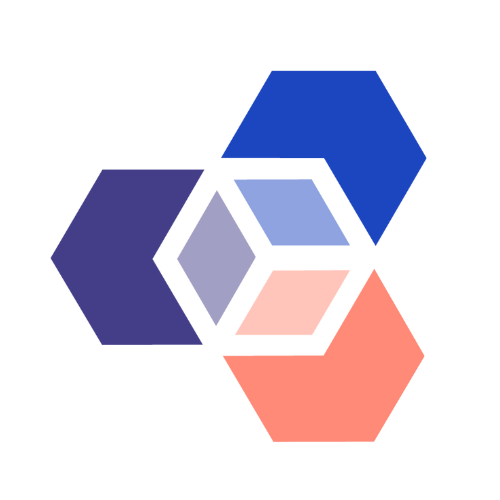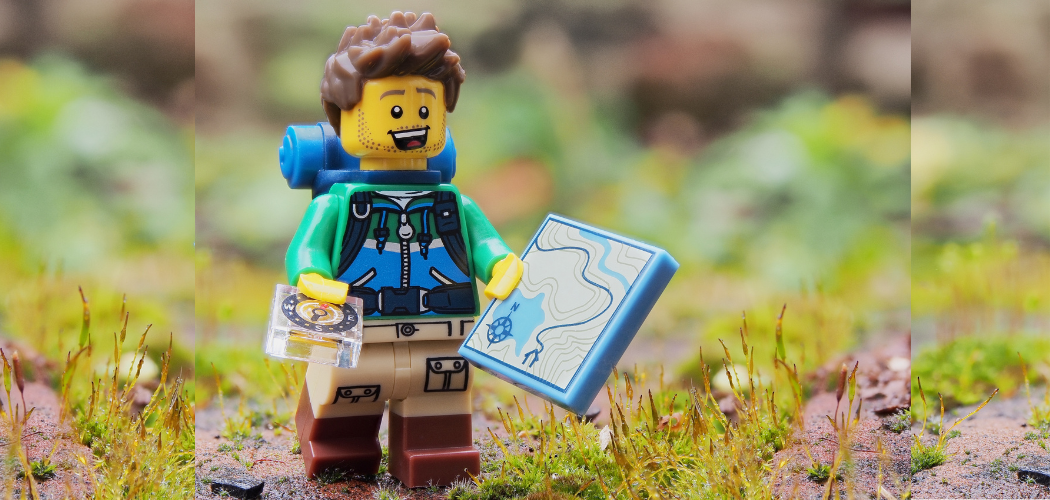Gerald Evans ~ Head of Learning Design
Since 2020 our experiences as a Learning Design (LD) team have been heavily influenced by much of our work moving online. The pandemic led to us resetting how we operated and in particular required us to find effective online mechanisms for running collaborative sessions while continuing to have the richness of conversations needed for learning design to be successful.
We’ve achieved this through a combination of intentional and emergent activity over the period since 2020. Intentional in that we’ve been consciously moving all of our learning design activity away from face-to-face delivery. And emergent in that we’ve learnt as we’ve gone along, and tried and tested out many online tools and approaches before settling on the core parts of the toolkit that we now work with.
How do we see the Learning Design team’s work with other teams?
One of the key steps forward we’re making now is to firmly align ourselves to a service-led model. In this post, we’ll explore further what that means and how it’s helped us and the teams we work with.
Being service-led in approach requires a team to have a tight focus on the users of the service and to be clear both in defining the services involved and how team members should go about delivering them. Our first step in this space was to recognise where we had such a proposition and also to be honest with ourselves in understanding where we needed to do more. We took several steps up front to understand this, including internal team activity and also a set of structured interviews with our stakeholders. This was key for us in understanding how our stakeholders saw us, what the strengths of our work were, and where they wanted more from us.
Out of this review, we started to see that the services with a clear and tangible start and finish were our Evidence-based ones. These provide a well-structured service with defined goals and evaluation built-in. Our approach to working with learning analytics as a tool for informing quality enhancement to curriculum is one such example. Having recognised this, and with a set of design principles and questions to steer our focus, we set about defining the services across our two other areas of work.
Designing Experiences
The first of these is the Designing Experiences area. Over time, working within a large team at a distance and with disparate practices in the OU faculties, our services had started to deviate slightly from each other. We were also starting to see more initiatives spring up across the University, which required us to have a consistent cross-team solution, and this prompted us to bring more shape and clarity both for our staff and for the teams we work with.
Working together
Another big part of the solution to this is our partnerships working area, which we’ve named Working together. This has really developed and thrived in the service-led approach and, in particular, it helps us in our involvement and leadership in some of the institution-wide initiatives. We have approached these through planned activity and a sequence of steps that we follow before bringing anything new into our standard working practice. We do this by seeking to understand the initiative, then breaking it down to enable us to identify how the team can and should engage with it, and then work together to prepare the team to deliver services based around those initiatives.
For instance, the University has done a lot of work to enhance our approach to assessment. We’ve been a part of that and have had a small group of Learning Design staff working to understand the changes and the needs of module teams. From there the group started to develop new workshops to support assessment design and tested these in real-world situations. We’re now rolling that out to the team with a clear outline of what’s expected and how to go about delivering the related workshops effectively. Our next steps will be to evaluate the sessions and refine as we learn how they’re working at scale.
We think of this as a development funnel – at the beginning as an initiative drops into the funnel the shape of it is unclear, the boundaries are fuzzy, and the scope can feel huge. Then we bring shape to it in the funnel, turn it into a clearly defined and well-scoped service and only when we’re happy with it do we take it from the funnel and train the team to deliver it. This is paying dividends for us and the example above relating to assessment is one such positive outcome. Further work is happening around inclusive curriculum and sustainability which we’re following a similar model for.
Evidence-based
As mentioned above, the third area of work we focus on is being Evidence-based. In this area of our work, we seek to ensure that we draw on evidence and plan evaluation early on in our design processes. That includes bringing in student voice, planning how we can include it during design, giving the students a chance to contribute to module creation, and also once modules are live. It also includes the post-launch review which draws on learning analytics and broader evidence sources to learn how the design is working for our students.
Another key aspect to the model is the ownership of services which is now spread across the team, with each team member having a responsibility for one or more services. This doesn’t mean they’re expected to do everything but they act as an owner for the team to draw on for advice. They also set the clear benchmark for the service delivery.
Bringing it all together
Between them, these three areas, Evaluation, Designing Experiences and Working Together, are now operating as a lively part of our team structure, based around a matrix model. Each team member is assigned to one of the three areas, according to their interests and skillset, and works on this alongside their day-to-day team location as either a faculty-facing team member, part of the Student Voice and Evaluation team or part of our Student Outcomes team.
As an approach, the model has embedded itself well and we’re now in the process of starting to evaluate the first year of operation in this framework.
We’ll post more about our evaluation of the approach later this year.
If you’d like to know more, get in touch with the OU Learning Design team at ouldsocial@open.ac.uk.

